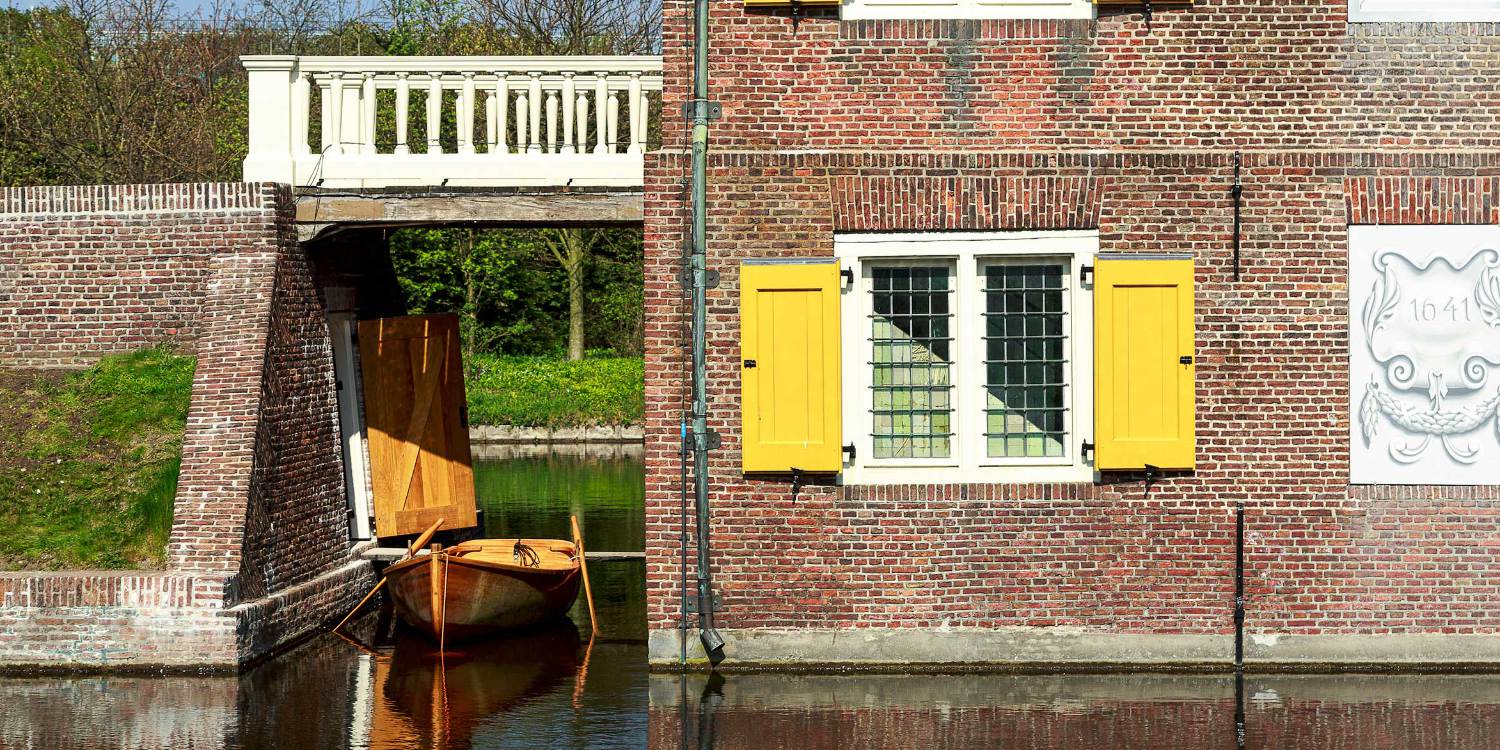The icehouse
at Hofwijck
During the first half of the 17th century, in the period known as the Little Ice Age, Winters in the Netherlands frequently descended into extreme cold. Owners of country estates cleverly utilised this climate phenomenon to their advantage. Throughout winter, they would commission the cutting and storage of ice from the estate ponds in icehouses, employing it for the preservation of perishable foods. Remarkably, this ice often endured well into the summer months. The icehouse at Hofwijck lies beneath the sloping bridge leading to the front entrance. Its proximity to the kitchen is not only unique but also highly practical, serving as a tangible testament to Constantijn’s resourcefulness.
During the restoration of the Hofwijck around 1920, funds ran dry, leading to the icehouse being filled with sand. For nearly a century, it lay entirely forgotten. It was not until the spring of 2015 that the icehouse was excavated and meticulously restored to its original splendour, reinstating Hofwijck as the proud custodian of this historic feature once more.
